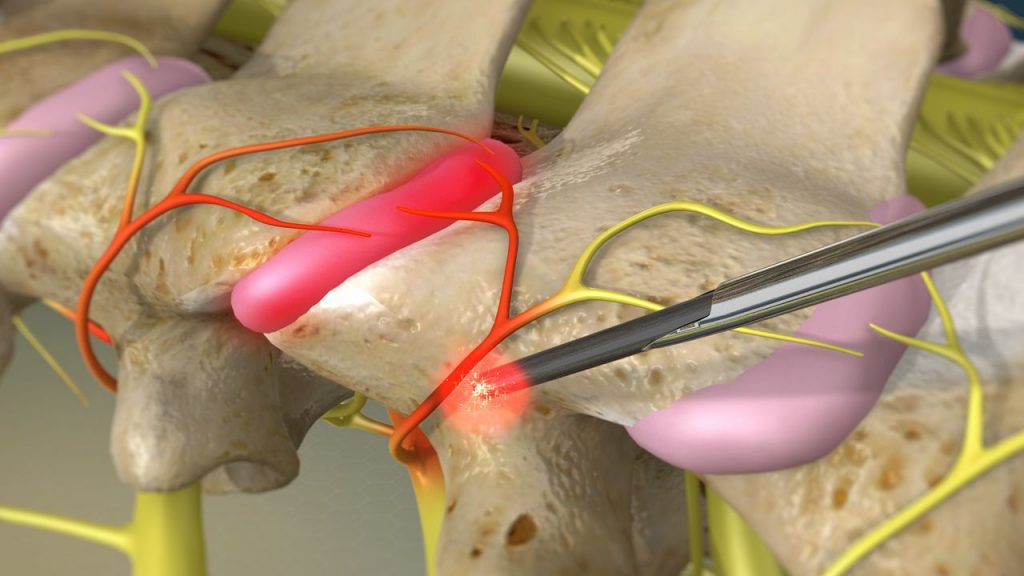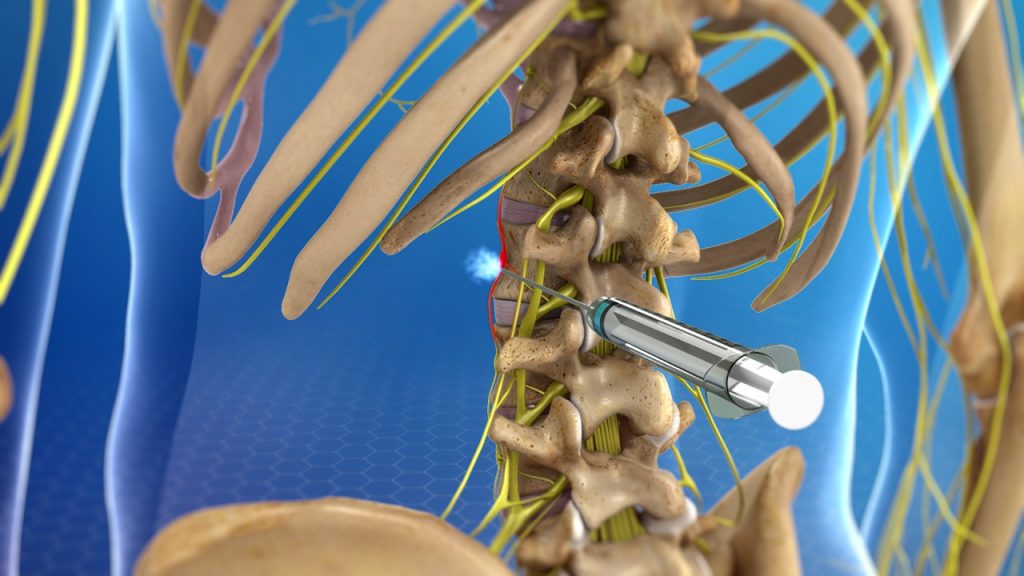New York, NY 10017
Call: (646) 329-6585
Thursday: 8:30 AM - 7:00 PM
Friday: 8 AM - 12 PM

If you are identified as a possible candidate for a stimulator, here are some steps you can expect.
**Most insurances will require a psychological assessment prior to this therapy.
If you google spinal cord stimulators (SCS), you may see advertisements from law firms touting the ‘dangers of spinal cord stimulator devices.’ This will naturally raise your concern as to whether or not this therapy is right for you. Rest assured; spinal cord stimulation therapy is safe. This technology has been around since the 1960’s and has only improved with time. According to the FDA, the most frequently reported patient problems with SCS are inadequate pain relief or battery charging issues. These are resolved with proper patient selection, an adequate trial period and proper device selection. Please speak with a provider here at New York Pain Pump Institute to determine how to maximize your experience with spinal cord stimulation. Feel free to review the following letter to healthcare providers from the FDA regarding adverse events with SCS.

Adherence to the therapeutic sessions is most important in the first year of implant. Each patient is different and as your body starts to heal, your plan and therapy will adjust.
Visit: https://lowbackpainrecovery.com/ for more information or make an appointment with The New York Pain Pump Institute.




A possible generator for your neck pain are small joints, called facet joints. These joints allow your neck to move and are susceptible to injury and degeneration.
The medial branch nerves of your spinal cord are responsible for sending the pain signals from this joint to your brain.
A medial branch block is an office-based procedure, performed with fluoroscopic guidance where a long-acting anesthetic is delivered to the medial branch nerve.
The purpose of this procedure is to diagnose the facet joint as a pain generator. Pain relief is variable for everybody. If you experience short-term pain relief, you may be recommended to have a cervical radiofrequency.

After experiencing a positive result with a cervical medial branch block, you may be offered a cervical radiofrequency.
Just like the medial branch block, this office-based procedure targets the medial branch nerves sending pain signals to your brain from the facet joint.
However, unlike the medial branch block, instead of local anesthetic, this procedure uses radiofrequency energy, similar to that of an MRI machine. The difference here is this energy can ablate the medial nerve, stopping the pain signals from reaching your brain for up to six months.

Cervical epidural injections are procedures designed to relieve neck pain associated with inflammation or pressure around the nerves in the neck.
This inflammation can be caused by multiple different pathologies including spinal stenosis, neural foraminal stenosis, herniated discs, degenerative disease, or inflammatory disease. The epidural space is the space surrounding the outer most layer of your spinal cord.
The nerves in your neck will travel through the epidural space prior to extending into your shoulders and down your arms. Using Fluoroscopic guidance, steroid and anesthetic medication can be injected into this space to treat a variety of conditions that may irritate the cervical nerve root.

A possible generator for your lower back pain are small joints, called facet joints. These joints allow your lower back to move and are susceptible to injury and degeneration.
The medial branch nerves of your spinal cord are responsible for sending the pain signals from this joint to your brain.
A medial branch block is an office-based procedure, performed with fluoroscopic guidance where a long-acting anesthetic is delivered to the medial branch nerve.
The purpose of this procedure is to diagnose the facet joint as a pain generator. Pain relief is variable for everybody. If you experience short-term pain relief, you may be recommended to have a lumbar radiofrequency.




